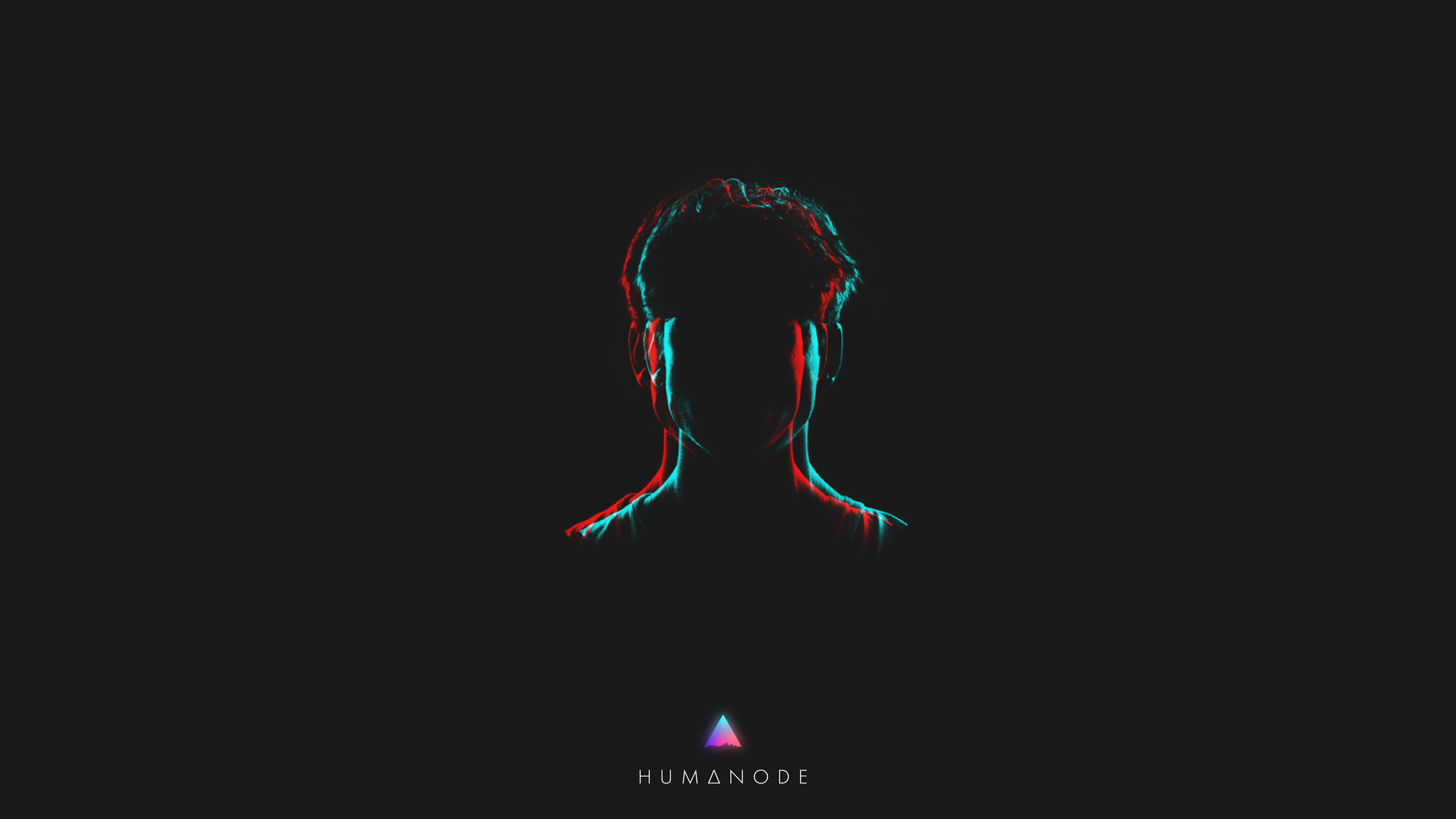Crypto-Biometrics, an Overview
HUMANODE is currently developing the world's first decentralized biometric identification layer that will not only be used on the HUMANODE platform, but which can be utilized in a variety of services, platforms and applications.

Due to advancement in technology, biometric identification is becoming more and more common. From using your fingerprints for user identification to log into your computer, to using your Face ID to access your iPhone, most people in the world, wherever they are, will likely use some form of biometric authentication every day. In some countries, biometric identification is required to access social services, pay taxes, and/or for voting.
Most of these biometrics based user authentication services are either highly localised, or are based on a centralized system or service run by a major corporation, or the government.
HUMANODE is currently developing the world's first decentralized biometric identification layer that will not only be used on the HUMANODE platform, but which can be utilized in a variety of services, platforms and applications.
Considering that these biometric identifications will be the users key and passport to launch validator nodes, access wallets, vote in the DAO, earn transaction fees, and benefits from co-ownership of the HUMANODE network, and will likely be tied in as an option for user identification in other Blockchain based services and networks, the security must be absolutely impenetrable.
Although it may seem easier and safer to have a centralized authority safeguard this highly personal information, in truth, that may not be the case. Naturally, there is the issue of trust towards major corporations who commonly utilize “personal information” for commercialization, but at the same time, not many people want to have a government have full control over their biometric data. In addition, in this day and age, there is not a single government in the world that can truly represent everybody living on this planet. HUMANODE, along with most of the existing Decentralized Financial Services (DeFi) offer their services around the globe, transcending government and national barriers, culture, ideology, wealth, race, and gender.
In order to address the needs of this new stage of social evolution and reality, the HUMANODE team firmly believes that in order to meet the requirements of a global biometric identification platform, the system must be decentralized.
What is Crypto-Biometrics
In order to meet the security requirements of protecting highly private biometric information on a truly global decentralized system that is run on nodes by every-day people, simply encoding the information using cryptography (no matter how high an encryption) is not enough. We also need to consider the integrity of the information, preventing malicious actors from accessing the information and the network as a whole, preventing sybil attacks, deep-fakes, and an endless number of various possible and potential attacks.
This is where the concept of crypto-biometrics comes into play.
Obviously, in order to safeguard the information while allowing the necessary information (such as if this is a registered user or not, or if he or she is, what account is he or she tied to), crypto-biometrics is based on a combination of various technologies, and exists at the intersection of the disciplines of mathematics, information security, cybersecurity, sybil resistance, biometric technology, liveness detection, zero knowledge proof (ZKP) technologies, encryption, and blockchain technology.
How Biometric ID’s are used in HUMANODE
HUMANODE uses the biometric identification of the user for 2 purposes.
- To see if a user is registered or not
- If the user is registered, then grant them access to the various services the user is tied to.
When a user first wants to be part of the HUMANODE network and become a human node (validator node), the user registers his or her biometric information. For the main-net launch, a user will most likely need to register a number of (perhaps 3) biometric modalities (including but not limited to face, iris, retina, ear, fingerprint, palm-print, finger/hand vein recognition, etc), but for the test-net launch scheduled for September 2021, the user will be required to register their face.
The user will go through a live video based 3D face scan and liveness detection, to prove that they are living human beings. Once they prove that they are unregistered human beings that are alive (meaning not a deep fake, or a photo, or a 2D/3D mask, a mannequin, or a deceased person propped up for the scan), the 3D face mapping vector of the neural network will be converted to numerical values and will be encrypted (meaning that users can perform computations on its encrypted data without decrypting the data).
Once this is finished the public and private keys are created, and the user can create their node.
When the node is launched, the encrypted user identity is sent to all the nodes in the network, and these nodes in turn store the received encrypted feature vectors for 1 to n matching operations. And to ease the minds of many, it may be good to state that the video and actual biometric data used to create the encrypted 3D feature vector, never leaves the node of the user.
For registered users, once you log in after proving that you are who you say you are and indeed are alive, you have access to all the services tied to your account. The 1 to n search and matching operation (that happens while logging in) happens in an encrypted space, and because it is ZKP based, the only piece of information that is searched for and is given out, is if that user is a registered user or not.
All in all, the system is designed to allow the highest possible level of security for the user, while maintaining the usability of search and match operations, avoiding a honey pot situation, and allowing the decentralized network to grow based on hardware with set requirements, or on a variety of cloud based platforms.

